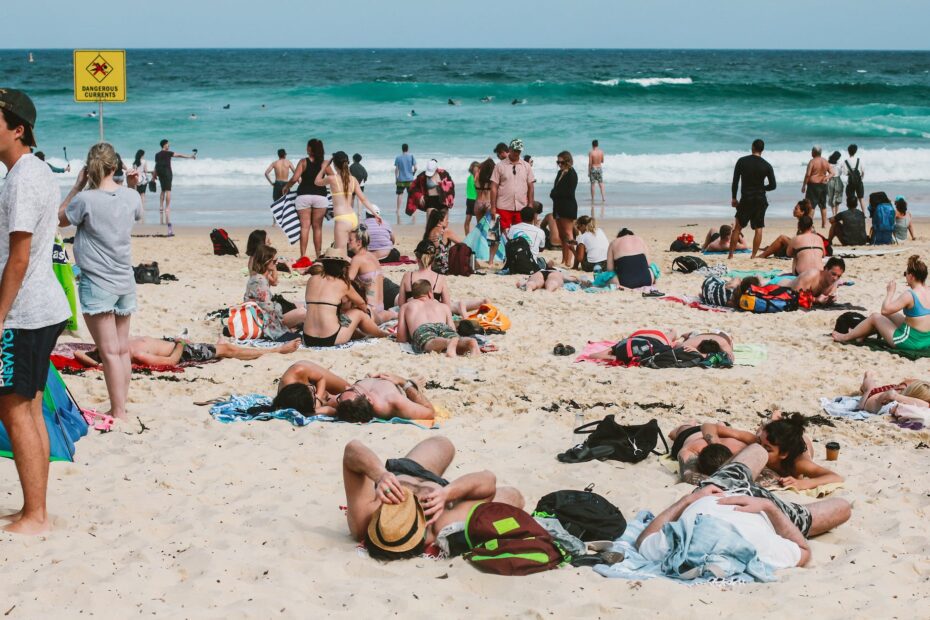Say goodbye to painful chafing in your bikini area with expert tips from a dermatologist who specializes in skin care for sensitive areas. Chafing in the bikini area can be uncomfortable and even painful, but with the right knowledge and preventive measures, you can keep your skin irritation-free and enjoy your time at the beach or pool.
Chafing occurs when there is friction between the skin and clothing or skin-on-skin contact, leading to redness, soreness, and sometimes even blisters. To prevent chafing, it is important to maintain proper hygiene by keeping the area clean and dry. Wearing breathable and moisture-wicking fabrics can also help reduce friction. Additionally, applying a barrier cream or powder can provide a protective layer and minimize friction.
If chafing does occur, treating it promptly is essential. Gently cleanse the affected area with mild soap and water, and avoid further irritation by wearing loose-fitting clothing. Applying a soothing ointment or cream can help alleviate discomfort and promote healing.
Remember, taking care of your skin is crucial for overall health and well-being. By following these expert tips, you can say goodbye to painful chafing and enjoy your time in the sun with confidence.
Understanding Chafing in the Bikini Area
Understanding Chafing in the Bikini Area
Chafing in the bikini area can be a real pain, both literally and figuratively. It occurs when the delicate skin in that region becomes irritated due to friction and moisture. The causes of chafing can vary, but some common culprits include tight clothing, excessive sweating, and improper hygiene.
So, what are the symptoms of chafing in the bikini area? Well, you might experience redness, itching, and a burning sensation. In severe cases, blisters and open sores can develop, leading to potential complications like infections. That’s why it’s crucial to address this issue promptly and take measures to prevent it from happening in the first place.
To keep chafing at bay and ensure your comfort and overall skin health, it’s important to adopt some preventive measures. First and foremost, maintain proper hygiene by keeping the area clean and dry. Opt for breathable and loose-fitting clothing that reduces friction. Additionally, using a gentle cleanser and moisturizer specifically formulated for sensitive skin can help soothe and protect the bikini area.
Remember, understanding the causes, symptoms, and potential complications of chafing in the bikini area is the first step towards preventing and treating this uncomfortable condition. By taking proactive measures and caring for your skin, you can bid farewell to painful chafing and enjoy your time at the beach or pool without any worries.
Preventing Chafing in the Bikini Area
When it comes to preventing chafing in the bikini area, there are several effective strategies and preventive measures you can take. One of the most important factors is maintaining proper hygiene. Make sure to keep the area clean and dry, especially after swimming or sweating. This will help reduce friction and irritation.
Another key aspect is choosing the right clothing. Opt for breathable fabrics that allow air circulation and moisture-wicking properties. Avoid tight-fitting swimsuits or underwear that can cause rubbing and chafing. Instead, go for looser, more comfortable options.
Additionally, establishing a skincare routine specifically for your bikini area can make a significant difference. Consider using a gentle cleanser and moisturizer that are suitable for sensitive skin. Look for products that contain soothing ingredients like aloe vera or chamomile.
Incorporating these preventive measures into your routine will help keep your bikini area irritation-free and ensure a more enjoyable beach or pool experience. Remember, taking care of your skin is essential, and with the right strategies, you can say goodbye to painful chafing.
Frequently Asked Questions
- Q: What causes chafing in the bikini area?
A: Chafing in the bikini area can be caused by friction between the skin and clothing, sweat, or moisture. It can also occur due to tight-fitting or non-breathable fabrics.
- Q: What are the symptoms of chafing in the bikini area?
A: Symptoms of chafing in the bikini area may include redness, itching, burning sensation, soreness, and the formation of small bumps or blisters.
- Q: How can I prevent chafing in the bikini area?
A: To prevent chafing in the bikini area, it is important to keep the area clean and dry. Choose breathable and moisture-wicking fabrics for your swimwear. Applying a thin layer of petroleum jelly or anti-chafing cream can also provide a protective barrier.
- Q: How should I treat chafing in the bikini area?
A: If chafing occurs, gently cleanse the affected area with mild soap and water. Avoid further irritation by wearing loose-fitting clothing and allowing the skin to breathe. Applying a soothing ointment or hydrocortisone cream can help alleviate discomfort and promote healing.
- Q: When should I seek medical help for chafing in the bikini area?
A: If the symptoms worsen, persist for more than a few days, or if you notice signs of infection such as pus or increased redness, it is advisable to consult a dermatologist for proper evaluation and treatment.


Keith is originally from Truckton, Colorado. The 54-year-old cared for his overweight wife for many years. Keitch is also a freelance editor at antichafing.net and supports the team as a competent advisor. In his spare time Keith enjoys reading books, visiting his homeland and is a passionate product tester for well-known manufacturers.

